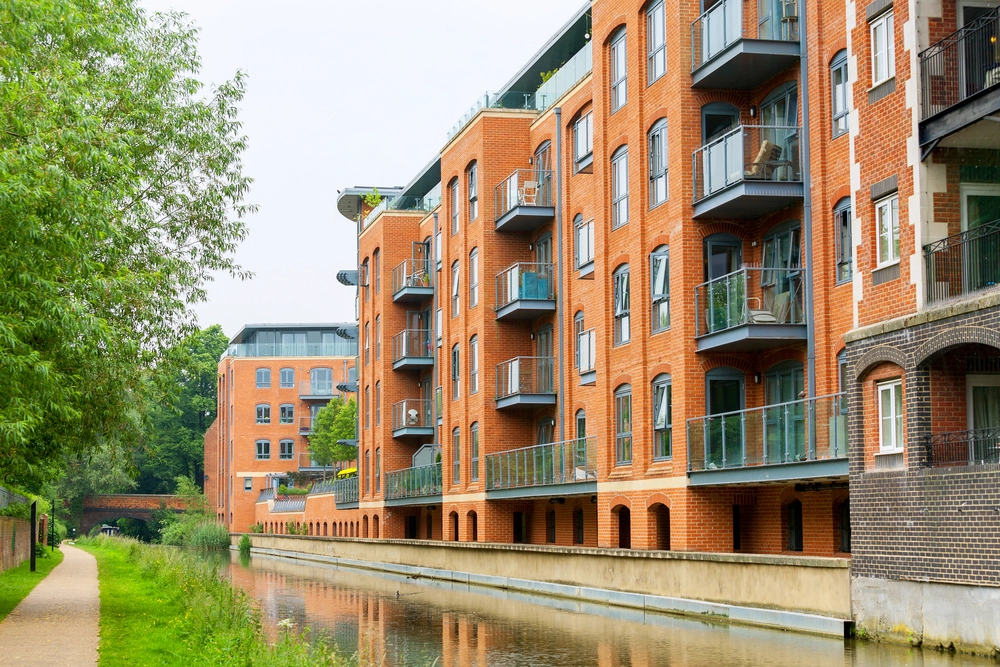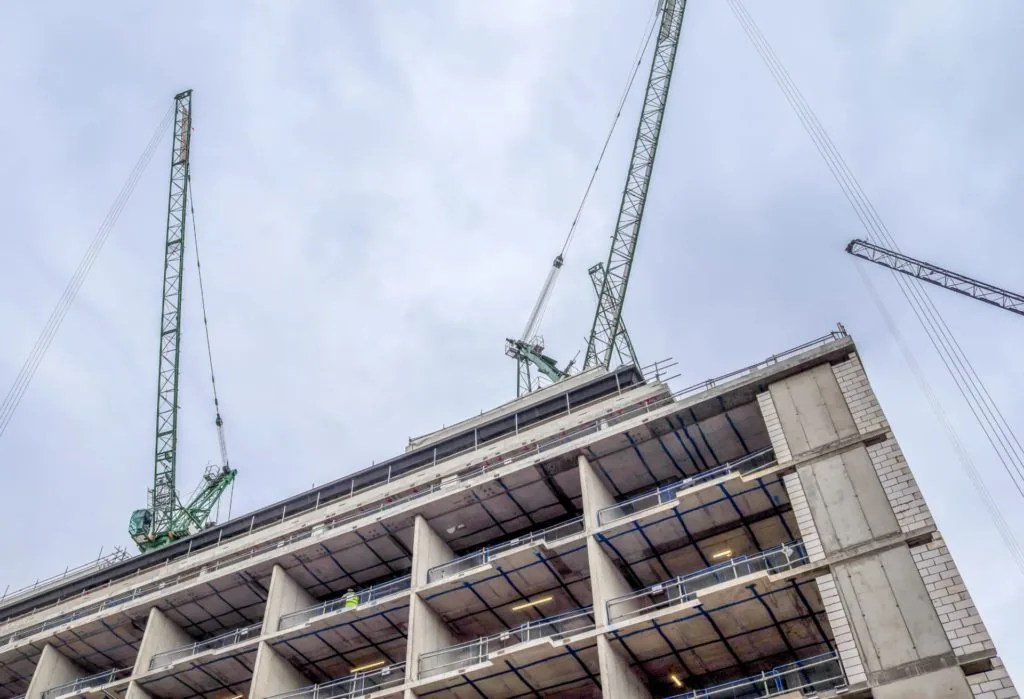
Analysis of a recent appeals decision in the Planning Inspectorate

By Christian Silk, Jake Christophersen
3 Apr 2023 | 3 minute read
In the recent Planning Inspectorate appeal decision, APP/N4720/X/22/3301466 (the decision can be found here), the planning inspector held that the demolition of an old garage had been lawfully implemented, despite the appellant not having agreed materials to be used for subsequent building works with the local planning authority ("LPA") beforehand.
The decision provides some helpful guidance when it comes to determining whether planning conditions are condition precedents or not.
What was the background of the decision?
The appellant had planning permission for the development of a new garage and had sought to implement it by demolishing an old garage. The appellant subsequently made an application for a Lawful Development Certificate ("LDC") to confirm that the planning permission had been lawfully implemented.
The planning permission for the garage was subject to two pre-commencement conditions, of which Condition 2 ("to provide samples of materials before any building works commenced") is relevant for the purposes of this note.
What did the LPA argue?
The LPA had been unable to locate any confirmation of receipt of any samples and there was no record of the samples. The officer who reviewed the initial LDC application believed that there was no certainty that quotations and receipts relating to landscaping works at the property, which had been provided to the LPA, necessarily had anything to do with the consent for the garage.
In addition, the LPA argued that Condition 2 was a condition precedent and, as there was no proof of the condition being discharged, the planning permission had not been lawfully implemented.
What were the main issues for the appeal?
The main issues for the Inspector were (i) whether the evidence submitted in support of the LDC application was sufficiently precise and unambiguous to show that the demolition of the garage had been lawfully implemented and (ii) whether or not Condition 2 amounted to a condition precedent.
What did the Inspector decide?
The Inspector found that, on the balance of probabilities, the evidence submitted in relation to landscaping works at the property was sufficient to demonstrate that they related to the demolition works and that those works had lawfully commenced. As such, the planning permission was extant.
In terms of Condition 2, the Inspector noted that no building works had actually been commenced, other than the demolition of the old garage. As such, the timing trigger of the condition ("prior to building works") had not been breached and the demolition on its own would not prevent commencement of the development as authorised by the permission (as per F G Whitley and Sons v SSW and Clwyd CC 1992, JPL 856 (Court of Appeal)).
Looking at whether or not Condition 2 was a condition precedent, the Inspector applied the test set out in Hart Aggregates v Hartlepool BC [2005] EWHC 840 (Admin), namely that there had to be (i) an express prohibition of commencement of development and (ii) the condition must go to the "heart" of the planning permission.
The Inspector ultimately found that Condition 2 did not go to the heart of the matter. Its purpose was to agree the materials to be used before any building works took place and he did not consider that it "related to any specific building operation nor to any specific prohibition of commencement until something more critical that obviously did go to the ‘heart’ of the permission was carried out." The Inspector felt that materials could quite easily be agreed post-demolition.
Comment
This appeal decision gives some helpful guidance together with a reminder on the key considerations to be taken by local planning authorities when they come to determining which planning conditions amount to condition precedents. It is clear that, on the one hand, permission must be expressly prohibitive of commencing development and, on the other, the condition must go to the heart of the planning permission.
As a matter of best practice, LPAs together with applicants should ensure that the terms of planning conditions are specific and clear and that ambiguity, such as the use of the term "building works" – which may require further interpretation – should be avoided.
See our article entitled "Planning 101: Implementation" for more on lawful implementation of planning permissions.















